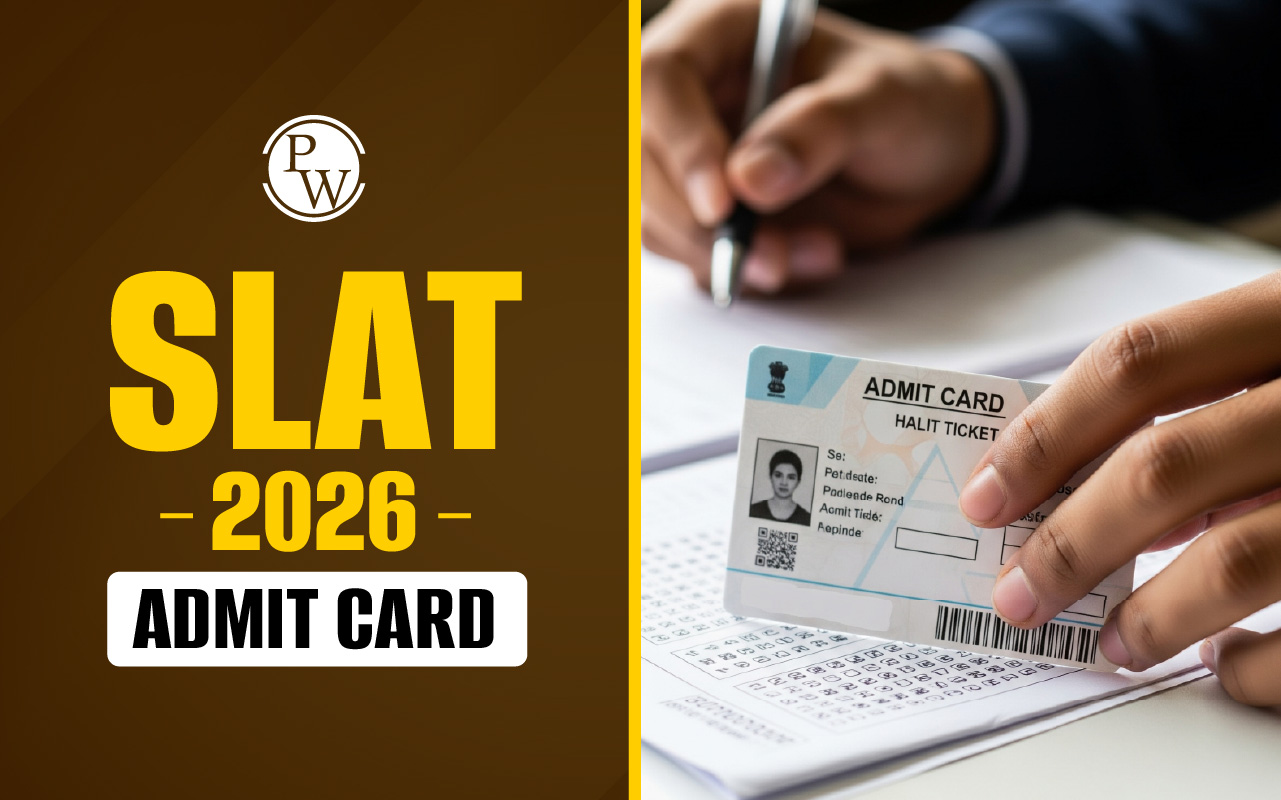

How to Change Exclamatory Sentences to Assertive Sentences for CLAT 2026: Candidates preparing for the CLAT 2026 must know that the English Language section requires them to have a good grasp on the fundamentals of sentences and their conversion from one type to another.
The CLAT 2026 may include questions based on converting exclamatory sentences to assertive sentences. This may require candidates to know the basics of exclamatory and assertive sentences and their conversion basics. Understanding the basics to change exclamatory sentences to assertive sentences for CLAT 2026 will guide you to change sentences from one form to another without changing any meaning of the sentences.
What are Exclamatory Sentences?
Exclamatory sentences are a type of sentence that express strong emotions, feelings, or excitement. They often convey surprise, joy, anger, or enthusiasm and are typically punctuated with an exclamation mark at the end. These sentences can be used to emphasize a particular point or reaction, making them more impactful than declarative sentences.
Examples of Exclamatory Sentences:
- What a beautiful day it is!
- I can't believe we won the game!
- How amazing this performance was!
- That was the best movie ever!
What are Assertive Sentences?
Assertive sentences, also known as declarative sentences, are statements that express an idea, opinion, or fact clearly and directly. They typically end with a period and can be either affirmative or negative. Assertive sentences form the foundation of communication in English, as they convey information without ambiguity.
Examples of Assertive Sentences:
- The sky is blue.
- She enjoys reading novels.
- They do not like spicy food.
- He is studying for his exams.
Difference Between Exclamatory & Assertive Sentences
Exclamatory and assertive sentences serve different purposes in communication. An assertive sentence states a fact or opinion and ends with a period, while an exclamatory sentence expresses strong emotions or reactions and ends with an exclamation mark.
The following table highlights the major differences between exclamatory and assertive sentences.
How to Change Exclamatory Sentences to Assertive Sentences for CLAT 2026?
To understand how to change exclamatory sentences to assertive sentences for CLAT 2026, some rules are given below. Following them, candidates can convert sentences from one form to another. By following these rules, you can effectively convert exclamatory sentences into assertive ones while preserving their core meaning.
- Determine the emotion expressed in the exclamatory sentence. This helps in rephrasing it into a straightforward statement.
Example: Exclamatory: What a wonderful day!
Assertive: It is a wonderful day.
- Eliminate words like "what" or "how" that indicate strong emotion.
Example: Exclamatory: How exciting the game was!
Assertive: The game was exciting.
- Convert the exclamatory sentence into a simple declarative statement that conveys the same meaning without emotional emphasis.
Example: Exclamatory: What an amazing performance!
Assertive: The performance was amazing.
- Ensure that the assertive sentence retains the original meaning of the exclamatory sentence while presenting it in a neutral tone.
Example: Exclamatory: How beautiful this painting is!
Assertive: This painting is beautiful.
Exclamatory Sentences to Assertive Sentences for CLAT 2026 Grammatical Structure
Converting exclamatory sentences to assertive sentences for CLAT 2026 involves changing sentences that express strong emotions into simple, factual statements. This helps in testing the understanding of sentence structure and tone in the exam.
The following table provides grammatical structure to change exclamatory sentences to assertive sentences for CLAT 2026.
Assertive Sentences to Exclamatory Sentences for CLAT 2026 Grammatical Structure
Transforming assertive sentences into exclamatory sentences for CLAT 2026 involves adding emotional emphasis and restructuring the sentence to convey heightened feelings or surprise. This often includes using words like "what" or "how" and ending the sentence with an exclamation mark.
The following table mentions the grammatical rule to change assertive to escalatory sentences for CLAT 2026.
Below are some preparation tips for comprehensive study of Exclamatory Sentences during CLAt preparation 2026.
- Familiarize yourself with the typical structure of exclamatory sentences, which often begin with "What" or "How" and end with an exclamation mark.
- Learn to convert exclamatory sentences to assertive ones by removing emotional emphasis and restructuring the sentence.
- Recognize the core components of exclamatory sentences, such as the subject, verb, and emotional expressions.
- When converting to assertive sentences, incorporate words like "very," "great," "indeed," and "truly" to maintain the sentence's emphasis.
- Understand the differences between exclamatory, assertive, and other sentence types to improve overall language comprehension.
- Ensure that the original meaning of the sentence is maintained during the conversion process.
- Learn to identify different sentence structures (e.g., subject + linking verb + noun phrase) to apply appropriate conversion rules.
- Engage in consistent practice exercises to master the skill of converting exclamatory sentences, as it's crucial for excelling in the CLAT English section.
How to Change Exclamatory Sentences to Assertive Sentences for CLAT 2026 FAQs
What is the process to change an exclamatory sentence to an assertive sentence?
Is there any change in the meaning when converting exclamatory to assertive sentences?
Are there specific keywords to look for in exclamatory sentences?
How can I prepare for CLAT 2026?
What is the exam pattern for CLAT 2026?












